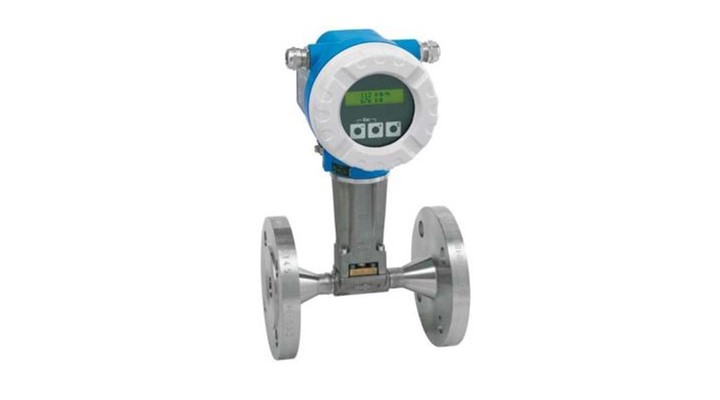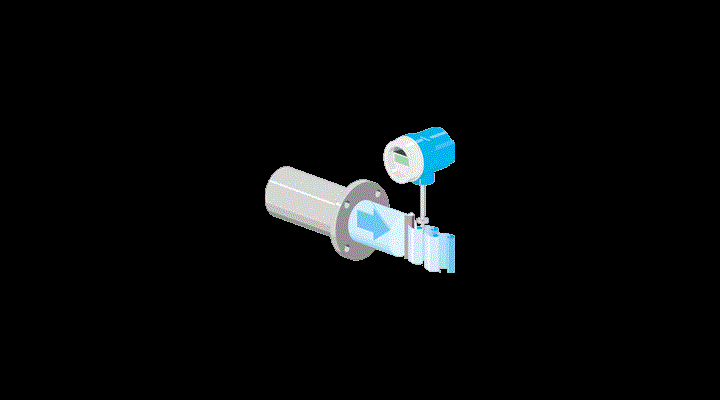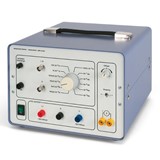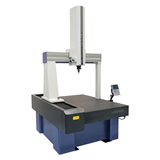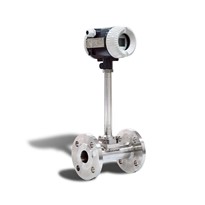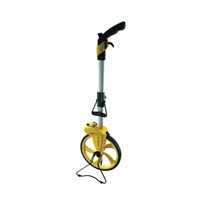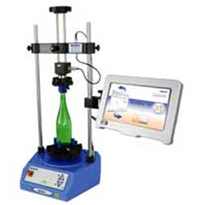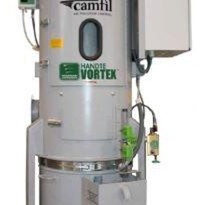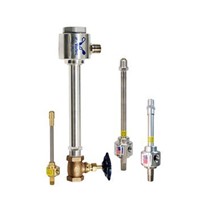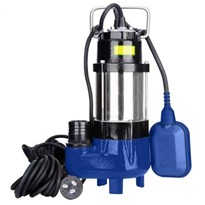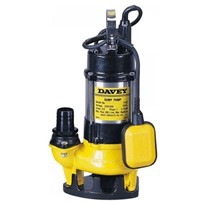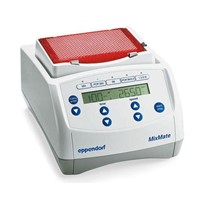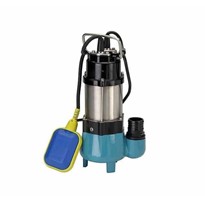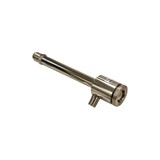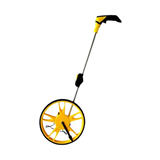When the fluid flows past a bluff body in the measuring tube, vortices are alternately formed on each side of this body.
The frequency of vortex shedding down each side of the bluff body is directly proportional to mean flow velocity and therefore to volume flow. As they shed in the downstream flow, each of the alternating vortices creates a local low pressure area in the measuring tube. This is detected by a capacitive sensor and fed to the electronic processor as a primary, digitised, linear signal.
The measuring signal is not subject to drift. Consequently, vortex meters can operate an entire life long without recalibration.
Capacitive sensors with integrated temperature measurement can directly register the mass flow of saturated steam as well, for example.
Advantages at a glance:
- Universally suitable for measuring liquids, gases and steam
- Largely unaffected by changes in pressure, temperature and viscosity
- High long-term stability (lifetime K factor), no zero-point drift
- No moving parts
- Marginal pressure loss
- Easy to install and commission
- Large turndown of typically 10:1 to 30:1 for gas/steam or 40:1 for liquids
- Large temperature range from -200...+400 °C


